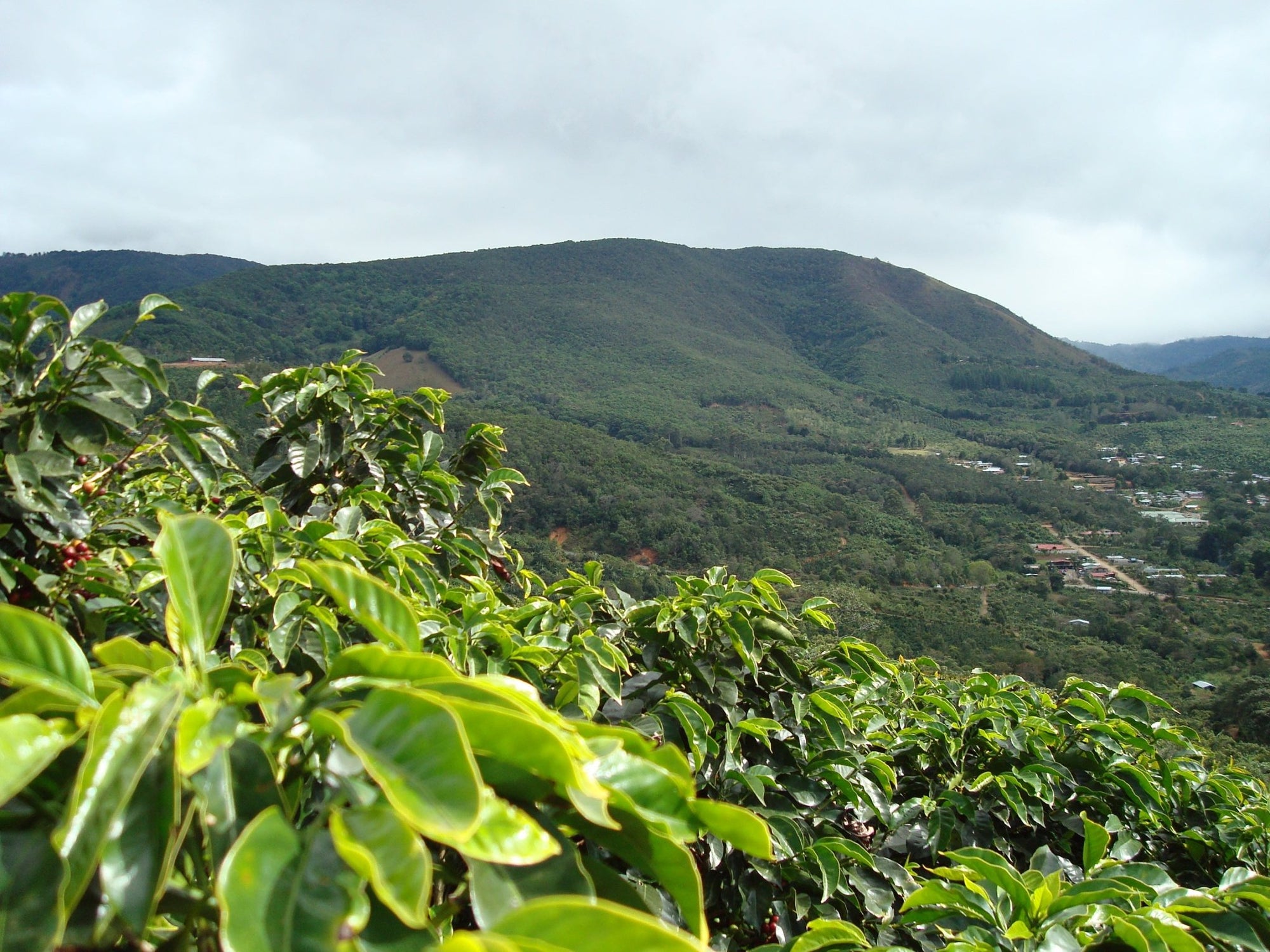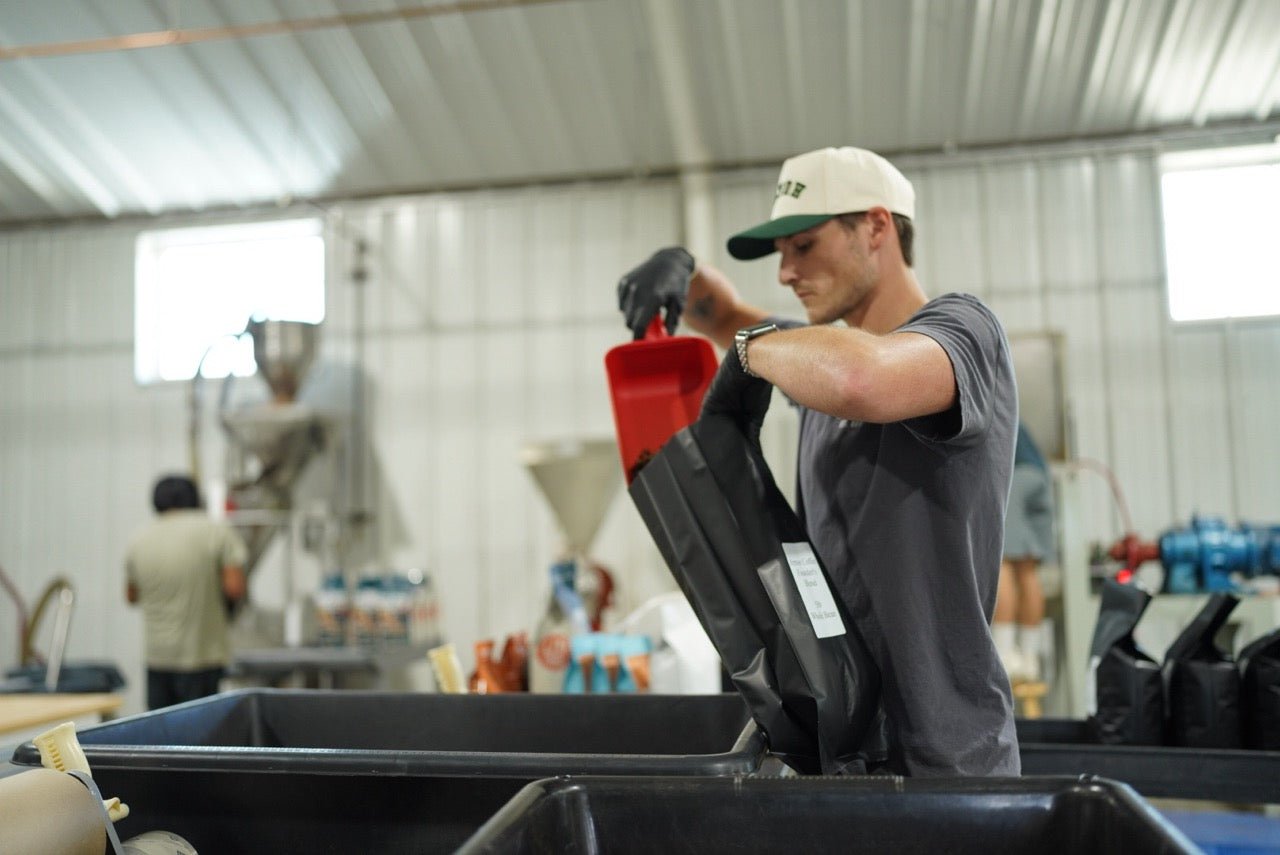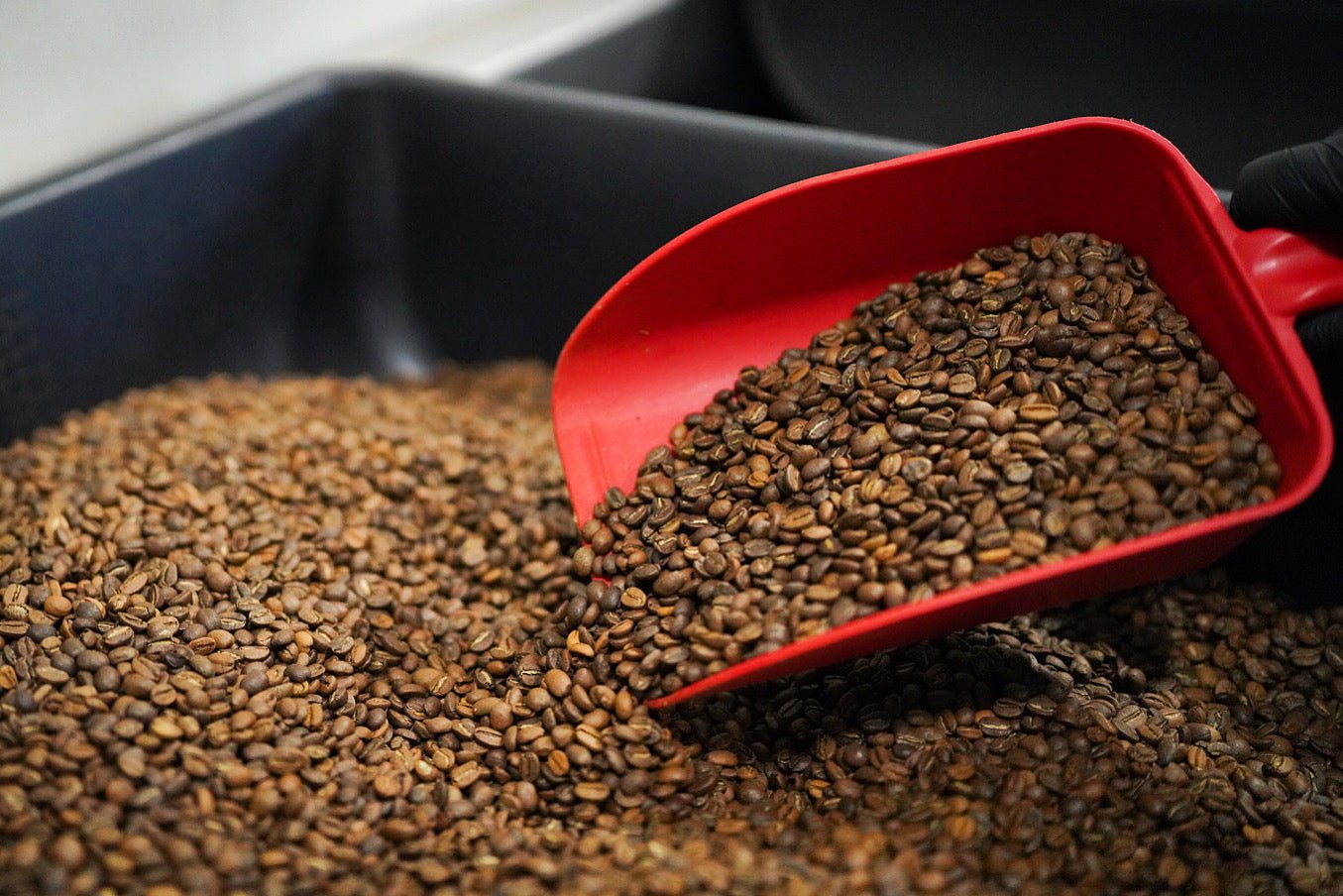The coffee industry is booming more than ever. Specialty coffee shops are springing up all over the world, including the U.S. Twenty years ago people drank Folger’s and Maxwell House. Ten years ago, they drank Starbucks. Today, local small-batch roasters are springing up everywhere, increasing the consumer’s awareness of what freshly roasted coffee tastes like.
As coffee consumers have gotten a greater appreciation for coffee, they’ve begun to hear the term “single-origin” at the coffee shops and cafés they frequent. Understanding what the term is referring to is critical for people that are wanting to increase their coffee knowledge and enhance their coffee experience.
Understanding Single-Origin Coffee
What "Single-Origin" Means
Put plainly, when referring to coffee, “single-origin” means that a bean has been sourced from a particular country, region, or farm. If a coffee is called “single-origin Kenya,” one can infer that it came from Kenya and nowhere else. If it is called “Ethiopia Yirgacheffe,” it not only came from Ethiopia, but from the Yirgacheffe region within Ethiopia.
Along with being sourced from a specific country, single-origin can be more specific if a coffee is labeled as “single-estate” or “single-lot.” These labels refer to coffee that came from a specific farm within a country.
What It Implies
Being single-origin can refer to several things, but there are several basic things that this phrase implies about a coffee. What should someone think when walking into a shop and seeing “single-origin” above the counter or by the espresso machine?
In the coffee shop, labeling something as single-origin is going to imply that it came from the same country or region. It should also imply that it has been roasted fresh, as serving single-origin coffee that is stale or has sat too long is going to discount most of the benefits of tasting a coffee from a particular region. Be sure to check to make sure that the coffee has been roasted fresh if it is not labeled.
How it Affects the Consumer
Those that are just getting into the specialty coffee world may be overwhelmed by all of the countries, regions, and roast levels that accompany coffee being served or sold retail in coffee shops. All a beginner consumer in the specialty coffee world needs to do is understand the basic roast levels of coffee, and the regions that coffee is produced from like Africa, Central/South America, Southeast Asia, and some Pacific islands.
Once a coffee consumer understands these basics of the coffee industry, they jove on to the most important part of understanding the single-origin coffee realm, developing their palate. That’s right, the most important part of learning about new coffees is tasting them. Only through tasting can one learn what their likes and dislikes are, eventually learning what their favorite coffee is.
There are a lot of benefits to blending coffee, but having a single-origin in a French press, pour-over, or even pulled as an espresso shot is one of the most enjoyable coffee experiences.


